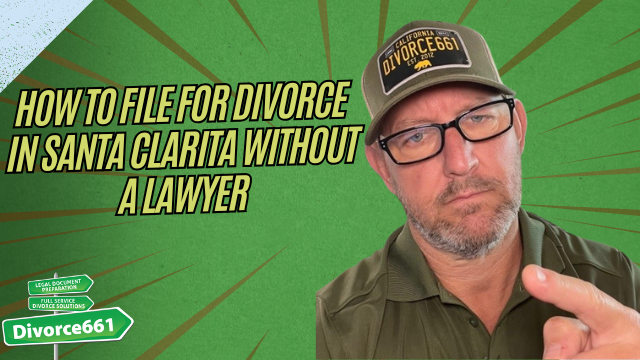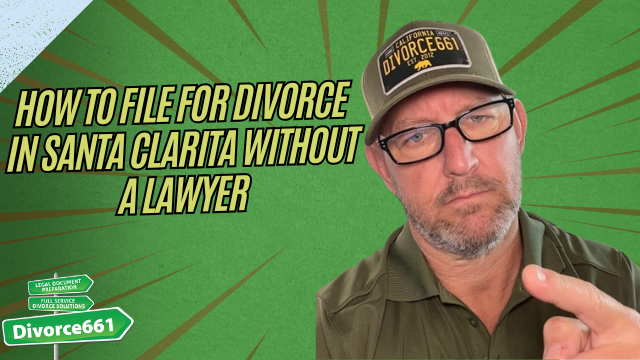Santa Clarita Divorce Timeline: What to Expect
If you are starting the divorce process in Santa Clarita, one of the first questions is almost always how long it will take. The timeline is simple to understand once you know the key dates and required steps. Below I break down what to expect, how you can move quickly, and how to avoid common delays.
The mandatory six month waiting period
In California, there is a mandatory 6 month waiting period from the date your spouse is served with the divorce papers.
That six month period is the earliest your divorce can be finalized. Even if you and your spouse agree on everything and finish every form the same day, the court will not enter a final judgment before the six month clock runs out from the date of service.
What you can get done right away
While you cannot shorten the statutory waiting period, you do not need to wait to start. In most uncontested cases the paperwork and preparation can be completed quickly. Typical items that can be completed immediately include:
- Filing the petition and related initial forms
- Serving your spouse and obtaining proof of service
- Completing financial disclosures and exchanging documents
- Drafting and finalizing a marital settlement agreement or judgment
- Filing the proposed judgment with the court for eventual entry
It is common to finish all of the paperwork long before the six month deadline. Once everything is ready and accepted by the court, you simply wait for the statutory period to expire and the court will enter the judgment on or after that date.
Real example: timing everything to the day
We recently worked with a Santa Clarita couple who wanted their divorce to be official exactly six months from the service date. We timed every step precisely. The filing, service, financial disclosures, and the final judgment were all completed and submitted within the first two weeks. Because their paperwork was accurate and approved promptly, their divorce was finalized exactly six months after service.
How to avoid delays
Delays most often come from incomplete or rejected paperwork, missed disclosures, or improper service. To keep your case moving smoothly, focus on the following:
- Use court approved forms and follow local rules
- Prepare complete and accurate financial disclosures
- Serve documents properly and file proof of service quickly
- Respond promptly to any requests or deficiencies from the court
- Work with a team experienced in California divorce timelines to prevent common mistakes
Accuracy matters. A single rejected document can add weeks or months to your timeline.
How we help
At Divorce661 we focus on making uncontested divorces fast, accurate, and predictable. We offer a flat fee, all inclusive service that is 100 percent remote and court approved. Our process is designed to prepare, review, and file everything correctly the first time so you are not delayed by missing forms or rejected paperwork.
If you want to start and finish a Santa Clarita divorce as efficiently as possible, schedule a free consultation. We will help you stay on track, complete disclosures, and time your filings so the judgment can be entered as soon as the six month waiting period expires.
Next step: Visit divorce661.com to schedule your free consultation and get your case moving in the right direction.










